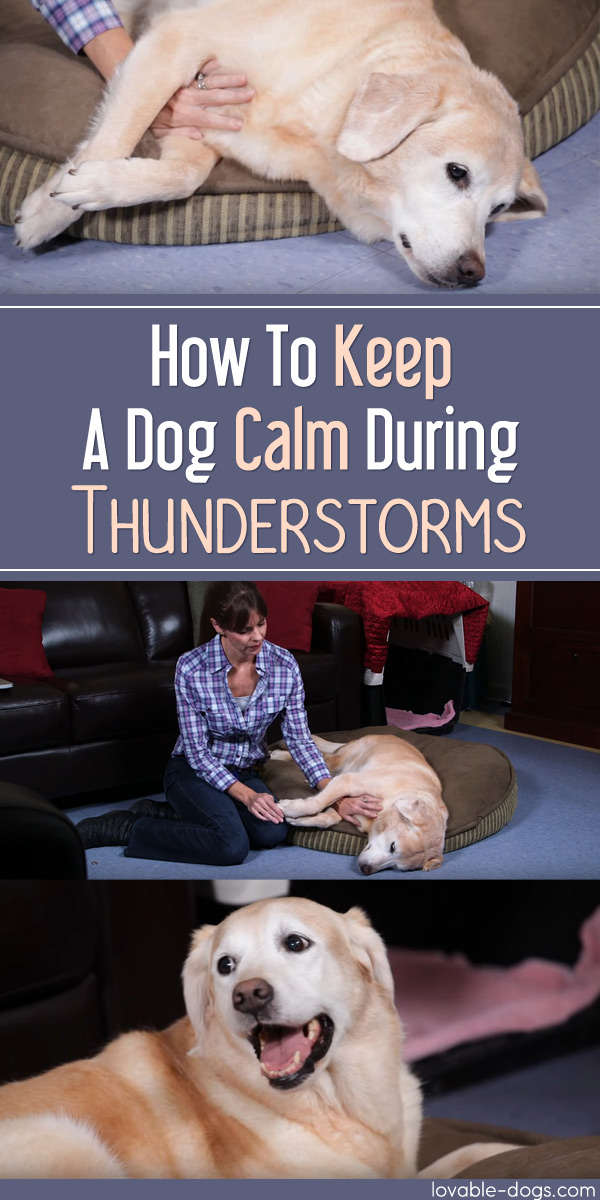Veterinarians call it storm phobia and it could be your dog’s worst nightmare if not addressed early on. Storm phobia can lead to lacerations, bruises, broken limbs, and fractured claws. In the video, English dog trainer and television presenter Victoria Stilwell discusses how to handle your dog’s storm phobia with the aid of a playing music.
Animal experts say that thunderstorm phobia should not be ignored. Even well-behaved dogs are not spared from this storm phobia. Dogs have this tendency to pant, cling to their owners, and hide in the closet even before the first clap of thunder.
There is no scientific evidence yet on the factors that trigger this dog behavior. But veterinarians attribute storm phobia to low-frequency rumbles, static electricity, and pressure changes that humans cannot feel and hear. Frequent storms can increase your dog’s anxiety.
The video shows Victoria Stilwell talking about how to reduce and prevent noise phobias and anxiety in dogs. She advises owners to use her CD, the “Canine Noise Phobia (CNP) Series”, which contains specialized audio recordings to resolve phobias triggered by thunderstorms, fireworks, and the sounds of a city. The 4-CD compilation is a product of Stilwell’s collaboration with sound researcher Joshua Leeds and concert pianist Lisa Spector, who founded the clinically researched auditory series “Through a Dog’s Ear”.
As shown in the video, Stilwell combines progressive sound effects, a specially-designed psychoacoustic music, and reward-based reinforcement protocols to desensitize the dog and to reduce the likelihood of common sound phobias. Victoria uses food, affection, and positive reinforcers to teach the dog to be calm and associate positive feelings with thunderstorm noises.
Victoria conditions the dog to feel different about storm noise through exposure to low levels of audio recordings. She says that this session should be done twice or thrice a week until the dog is accustomed to the noise.
Stilwell provides a den-like area where the dog securely sits out the storm. She also covers the dog’s kennel with a blanket to make sure that the canine is secured inside. She stresses the need to keep the doors and windows closed and curtained. This will dull the noise and light of the storm.
If the anxiety continues, Stilwell advises dog owners to bring their pets to the veterinarian. Animals clinics can provide calming therapies and anti-anxiety medication, which should be given along with behavioral therapy and management.


